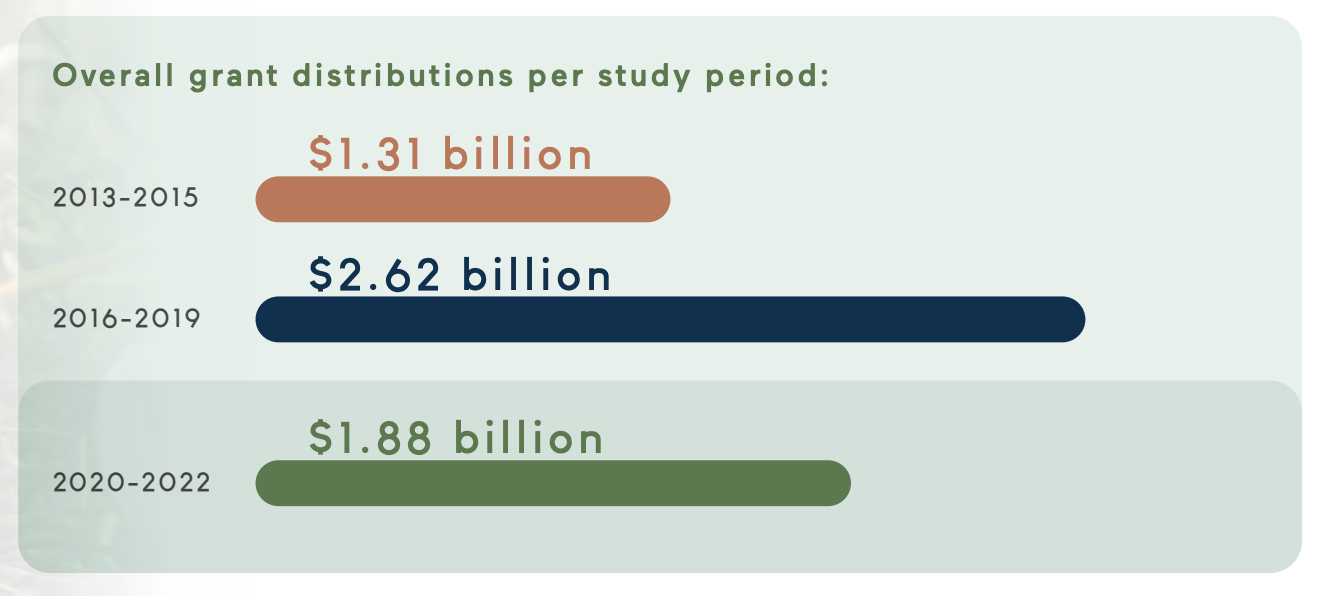The Amazon holds a wealth of biological diversity, supplying critical ecosystem services not only for the region, but also for the rest of the world. As the largest intact rainforest remaining, it spans about 40 percent of South America, covering eight countries: Bolivia, Brazil, Colombia, Ecuador, Guyana, Peru, Suriname, Venezuela, and the overseas territory of French Guiana, providing a home for millions of people who represent enormous cultural heterogeneity. The Amazon operates as a significant carbon sink and plays a critical role in weather patterns and climate cycles, as well as storing twenty percent of the world’s flowing freshwater. Despite its local, regional, and global importance, the Amazon is under pressure, and scientists warn that the opportunity to correct course is waning.
Recognizing the global importance of the Amazon, the diminishing time to turn things around, and the strategic role of international cooperation, the Global Environment Facility (GEF)-funded Amazon Sustainable Landscapes Program (ASL) led by the World Bank produced this analysis to provide an updated assessment of international funding for conservation and sustainable management of natural resources in the Amazon. This study covers 2020 to 2022, providing a follow-up to previous studies developed by the Gordon and Betty Moore Foundation (GBMF) in 2014 and 2017, and the ASL in 2021 (Castro de la Mata and Riega-Campos, 2014; Strelneck and Vilela, 2017; Hoover El Rashidy, 2021). Since 2013, the last three studies1 have documented more than US$5.81 billion dollars of non-reimbursable grants distributed for Amazon conservation and sustainable development coming from bilateral and multilateral agencies, private foundations, international environmental non-governmental organizations (NGOs),2 and private sector companies.

Key takeaways from the current 2020-2022 analysis reveal:
- Donors distributed US$1.88 billion in grants to promote and strengthen conservation efforts in the Amazon.
- Norway, Germany, and the USA accounted for close to half of the total donations with grants totaling US$352.7 million, US$295.7 million, and US$167.7 million, respectively.
- Private foundations have emerged as significant conservation funders, representing 25 percent of total donations during the 2020-2022 period in large part due to the arrival of the Bezos Earth Fund, which granted over US$150 million in the time period.
- National governments - the largest recipient category - received over a quarter of the overall funding (30 percent); followed by international NGOs (28 percent), which have taken on a significant role in re-granting; and the private sector/entrepreneurs (18 percent), representing small enterprises, which receive funding from the recently created Amazon Bioeconomy Fund.
- Within the categories utilized for the 2017 study and subsequently followed, the greatest proportion of funding was directed to Reducing Emissions from Deforestation and Forest Degradation (REDD+) programs and policies (US$335 million). The second largest portion of funding went to initiatives to create and improve the management of protected areas (US$281 million), followed by projects to support Indigenous Peoples and lands3 (US$172 million). Even with the large number of resources to support projects focused on Indigenous Peoples, Indigenous entities received less than 1 percent of total funding directly, as most of the funding went to intermediaries.
- There was an annual decrease in funding to support conservation and sustainable management throughout the basin during the study period, which coincides with the years of the COVID-19 pandemic – see Figure 1.

Based on the process to collect the data for this study and the findings, the ASL coordination team puts forward four recommendations:
- Track and update international funding for conservation and sustainable management in the Amazon yearly, or at least every two years.
- Enhance donor engagement and dialogue through donor working groups.
- Recommend that donors track impacts of investments and compile results in a common platform. Dialogue and coordination among donors will facilitate this.
- Share best practices to improve access to funding, especially for Indigenous Peoples and local communities (IPLCs).
This analysis provides important insights on funding for conservation and sustainable natural resources management in the Amazon, especially given its focus on the time period in which the COVID-19 pandemic occurred. This information can be used to inform and promote dialogue leading to enhanced donor coordination efforts. One key recommendation is to update this data regularly and use it to facilitate donor engagement to establish synergies and avoid duplication. Tracking donor funding and publishing the data publicly creates transparency that is useful not only for donors, but for the governments of Amazonian countries, and other grant recipients working in the region. Further studies are recommended to complement the current analysis. This study makes the updated funding data from 2013-2022 available in an interactive open access data visualization “dashboard”, which was created by the World Bank during the previous study.